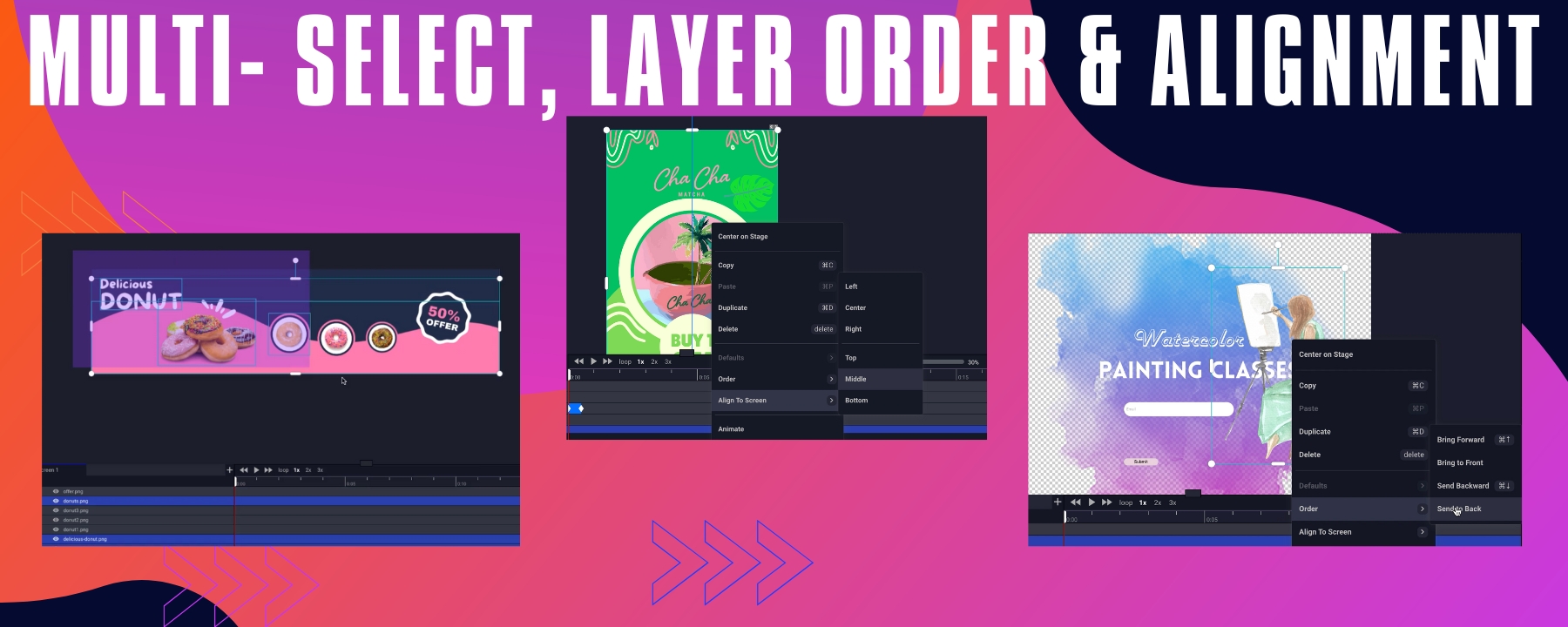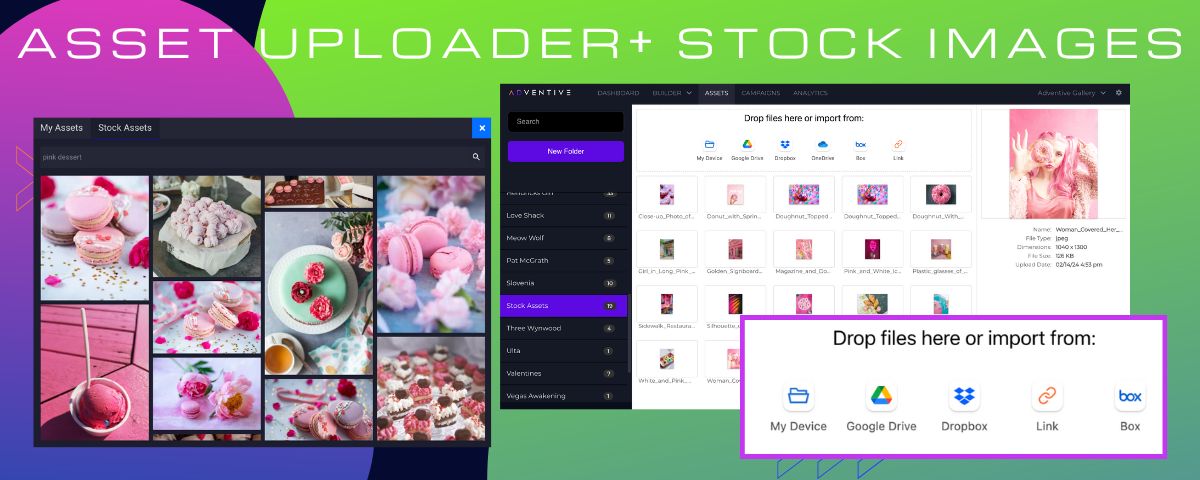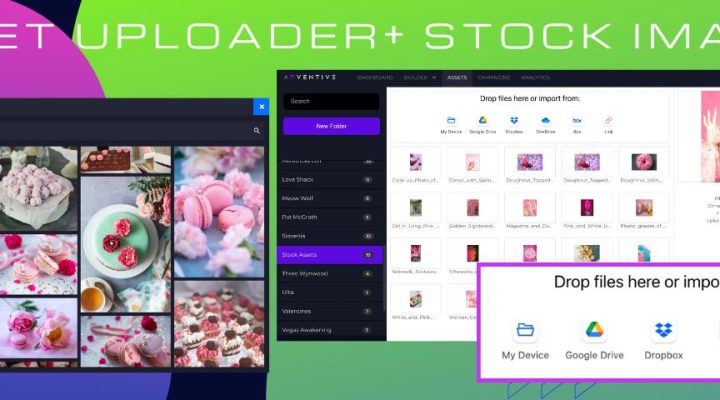Established in 1996, during what some refer to as the Wild Wild West of digital advertising, the IAB was the first organization to develop technical guidelines (ad specs) for a standard portfolio of online ads. Remember, the first ever online ad appeared only two years prior in 1994. There was no broadband, dial-up was the norm. So while technically possible, big, beautiful high impact ads pushing 500k would have taken forever to load. This was also the impetus for the 40k max rule, which now no longer applies.
The first guidelines included standard banner sizes that the IAB now refers to as the Universal Ad Package (UAP)- the 300×250, the leaderboard, the skyscraper etc. These standard sizes allopublishers the ability to have equally-sized ad placements so the ad unit would always be sure to render correctly.
Over the years, the UAP has evolved. The first of which was the inclusion of the IAB Display Rising Stars – units that offer ‘cutting-edge’ technology like the Pushdown and Billboard – as well as the IAB Mobile Rising Stars with units like the Full Page Flex and Adhesion Banner. Now all these ads have been pulled together into the official-sounding ‘2015 Advertising Creative Guidelines For Display & Mobile – Updated for HTML5‘ – even though we’re into the second quarter of-2016.
We’re now seeing the next evolution of industry guidelines…none. At Adventive, 98% of our users are publishers. What we’ve seen is that pubs want differentiation, they don’t want the same old ad products as everyone else. A premium product means a premium price. Even agencies are on board – pushing creative boundaries.
When’s the last time you saw anything that was truly built to ‘spec’?




